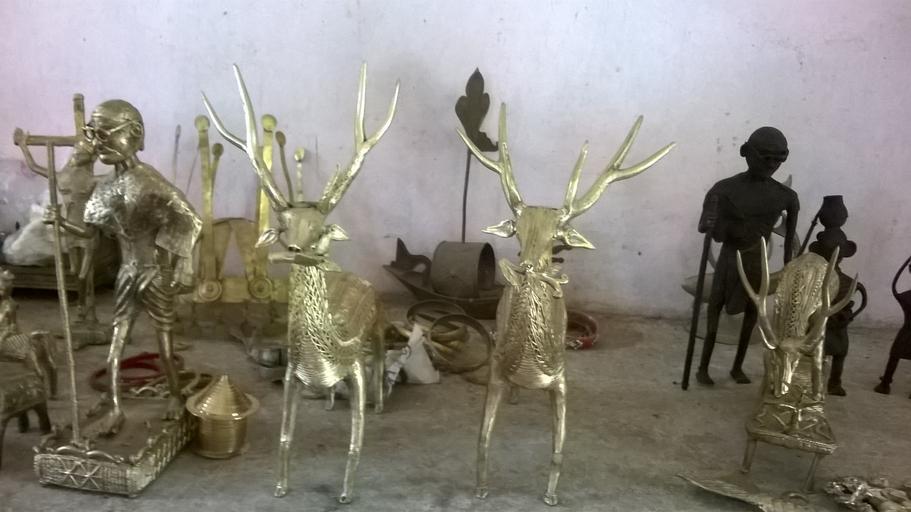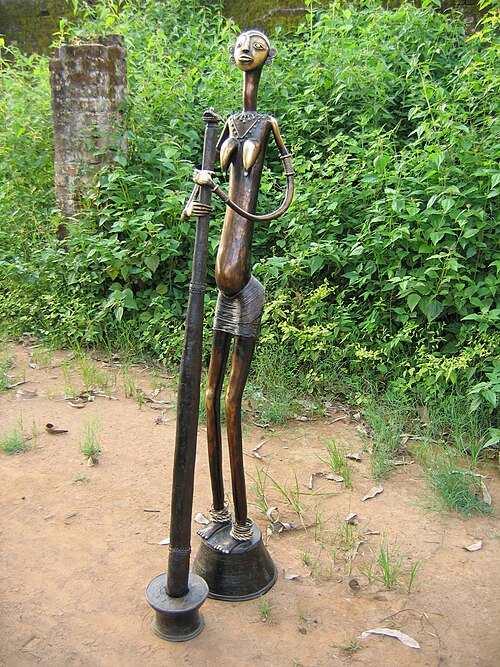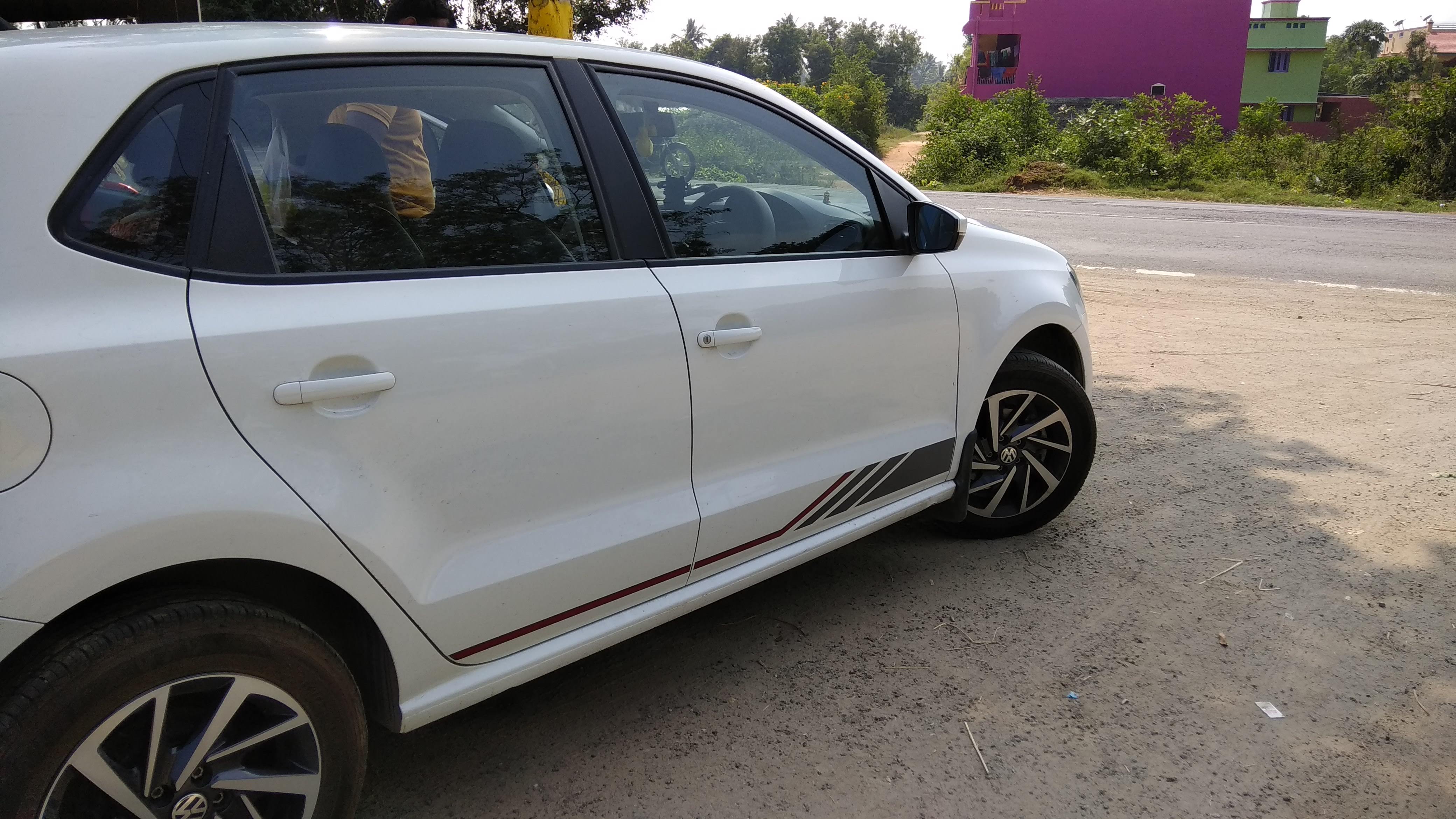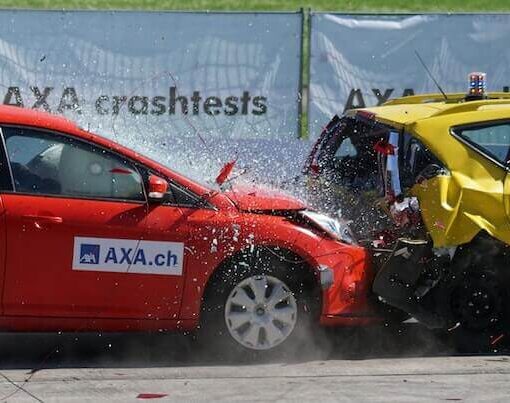Dhokra art is more than just metal sculptures—it’s a living tradition carried forward by tribal artisans for over 4,000 years (Indus origin). 🏺 Rooted in the heartlands of Jharkhand and Chhattisgarh, this art form is a stunning example of India’s rich tribal heritage. Whether it’s a dancing tribal figure or a majestic elephant cast in bronze, Dhokra pieces echo with history, culture, and craftsmanship.
In a world that’s increasingly leaning toward sustainable, handmade products, Dhokra art has found admirers across the globe, blending tribal aesthetics with timeless appeal.
What is Dhokra Art?
Dhokra is a traditional metal casting art using the lost-wax technique, an ancient method that predates even the Harappan civilization. Artisans mold their designs in beeswax, coat them in layers of clay, and heat the mold so the wax melts away. They then pour molten brass into the hollow cavity to create a one-of-a-kind sculpture.
Each piece is handcrafted, eco-friendly, and completely unique. Common themes include tribal dancers, animals, religious motifs, and scenes from daily rural life. The charm lies in the raw finish and the intricate, often geometric detailing.

Why is Dhokra Art Famous?
- 🕰️ Ancient Legacy: Over 4,000 years old, Dhokra art represents one of the earliest forms of metal craft in India.
- 🌍 Global Appeal: Dhokra art is widely exhibited in international museums such as the British Museum and Smithsonian, and is collected by art lovers worldwide.
- ♻️ Eco-Friendly: Made with natural materials like beeswax, clay, and recycled brass.
- 🖐️ Handcrafted Uniqueness: No two Dhokra pieces are alike—each one is a storytelling artifact.
- 🎨 Cultural Storytelling: From tribal folklore to deities, each sculpture has a narrative.
Where is Dhokra Art Practiced?
🧭 Jharkhand – The Cultural Cradle
- Tribes: Malhar, Ghasiya
- Regions: Palamu, Bokaro, Sahajpur
- Jharkhand holds deep-rooted traditions of Dhokra, considered one of the earliest regions to nurture this art form.
🌿 Chhattisgarh – The Global Hub
- Region: Bastar (Kondagaon, Jagdalpur, Narayanpur)
- Chhattisgarh, especially the Bastar district, is internationally renowned today for its Dhokra work.
- Actively promoted by the state under “Bastar Art,” this version has gained global commercial and artistic recognition.
🏵️ Also Found In:
- Bankura, West Bengal – Known for refined ornamentation
- Odisha – Blends tribal and classical themes (Kalahandi, Dhenkanal)

How is Dhokra Art Made?
The traditional lost-wax casting process involves:
- Wax Modeling: Sculpting the base design using beeswax.
- Clay Molding: Layering clay over the wax to form a mold.
- Wax Melting: Heating the mold so the wax drains out.
- Metal Pouring: Pouring molten brass into the hollow mold.
- Breaking the Mold: Once cooled, the clay is broken to reveal the sculpture.
- Finishing: Sanding, polishing, and detailing by hand.
This labor-intensive process ensures each piece is one-of-a-kind.
Where to Buy Dhokra Art?
🛍️ Offline:
- Handicraft Fairs like Surajkund Mela, Dastkar, and India Craft Week
- Tribal emporiums in Ranchi, Raipur, Delhi, and Mumbai
- Artisan villages in Bastar (Chhattisgarh) and Palamu (Jharkhand)
💻 Online:
- Etsy – Dhokra Art
- Okhai
- WhatsApp us (Coming Soon)

💸 Pricing
Dhokra art is available in a variety of sizes and complexity levels:
| Type | Price Range (INR) |
|---|---|
| Small decor items (keychains, figurines) | ₹300 – ₹1,000 |
| Medium-sized pieces (animals, masks) | ₹1,000 – ₹5,000 |
| Large statement art (wall panels, statues) | ₹5,000 – ₹25,000+ |
Custom-made and signature pieces may go higher depending on the artisan and detailing.
🌍 Global Presence of Dhokra Art
Dhokra art has moved far beyond its tribal origins to gain recognition on the international stage:
- 🖼️ Museum Exhibitions: Dhokra pieces have been displayed in prestigious museums like the British Museum (UK) and Smithsonian Institution (USA) as part of their tribal and ethnographic art collections.
- ✈️ Global Exports: Artisans and cooperatives from Bastar (Chhattisgarh) and Bankura (West Bengal) regularly export Dhokra art to countries such as the United States, Germany, France, Australia, and Japan.
- 🛒 Sold on International Platforms: You’ll find Dhokra items on platforms like Etsy, Amazon Handmade, and artisan websites under fair trade labels. These are popular with people seeking sustainable, handmade decor and cultural crafts.
- 🤝 Collaborations with Designers: Dhokra art has inspired modern interpretations in jewelry, home decor, and even fashion through collaborations with global designers and NGOs.
- 🏆 Recognized as a Geographical Indication (GI): Dhokra from Bastar and Bankura has GI tagging, boosting its international appeal and authenticity.
✨ From tribal households to global homes, Dhokra art has traveled the world—without losing its soul.
Conclusion
Dhokra art is a brilliant fusion of tribal spirit, traditional knowledge, and timeless aesthetics. Whether you’re decorating your home, collecting Indian handicrafts, or simply supporting sustainable artisan work, Dhokra offers something soulful and authentic.
Interesting Youtube Videos
So next time you’re thinking of adding art to your space or gifting something meaningful—think Dhokra. ✨
Don’t forget to checkout our other blogs on other Famous Indian Crafts




